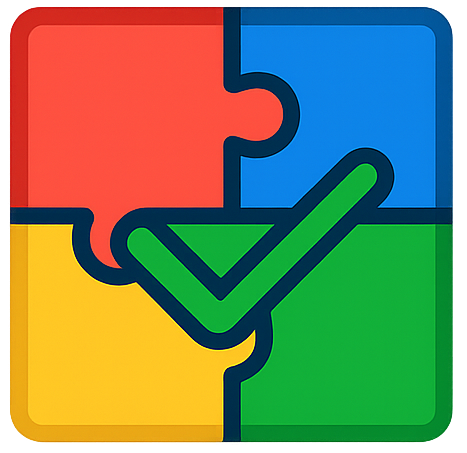Getting Started
Quick Start Guide
Get up and running with MY-STE-BUDDY in minutes. Step-by-step setup and first API call tutorial.
Get StartedAPI Documentation
REST API Reference
Complete API endpoints documentation with request/response examples, authentication methods, and error handling guidelines.
View API DocsSupport & Resources
Support Center
Get help with common questions, troubleshooting guides, and contact our technical support team.
Get SupportReady to Get Started?
Join thousands of technical writers who trust MY-STE-BUDDY for ASD‑STE100 compliance.
 MY STE BUDDY
MY STE BUDDY